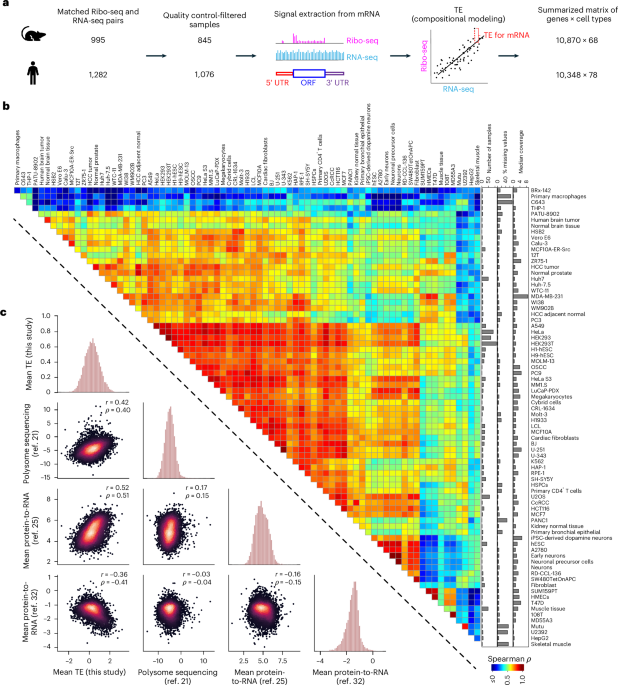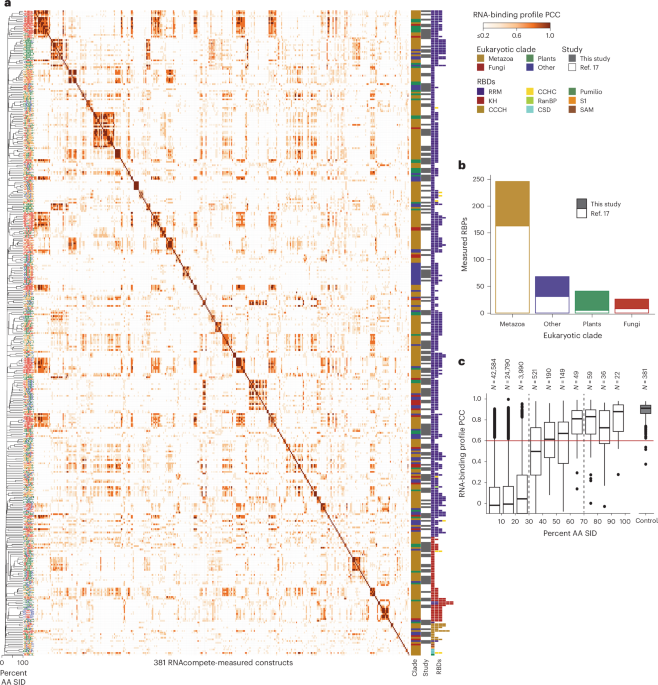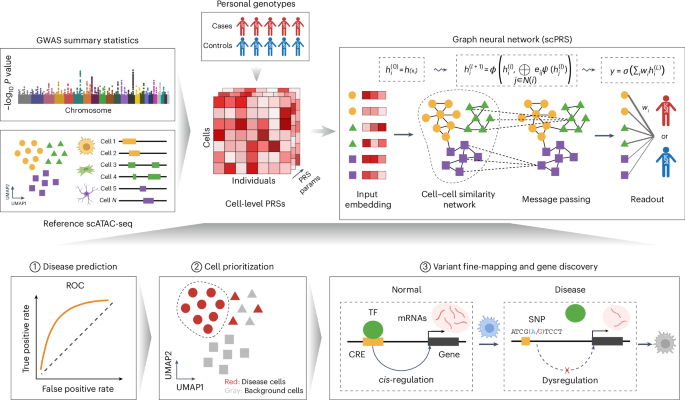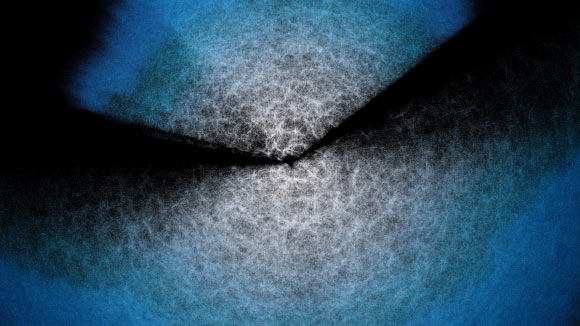Now Reading: Dark Energy Survey Backs Theory of Changing Dark Energy
-
01
Dark Energy Survey Backs Theory of Changing Dark Energy
Dark Energy Survey Backs Theory of Changing Dark Energy
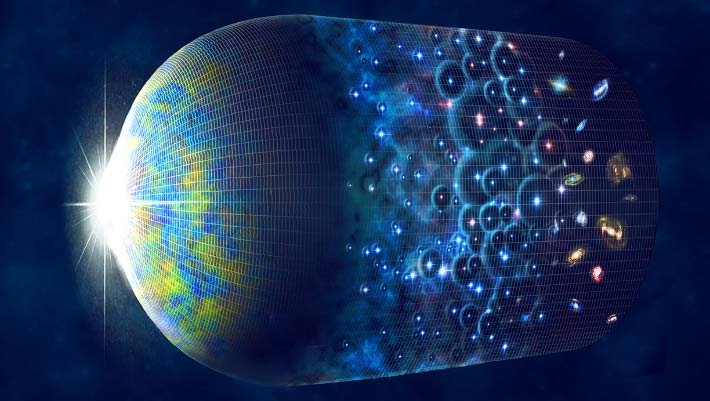
Rapid Summary
- Lambda-CDM Model Background: The widely accepted ΛCDM model posits that 95% of the Universe is made up of dark matter (25%) and dark energy (70%), with dark energy presumed to have a constant density over time.
- Dark Energy Survey (DES): Conducted using a 570-megapixel Dark Energy Camera, DES observed the Universe for 758 nights across six years, mapping nearly one-eighth of the sky.
- Techniques Used:
– Baryon acoustic Oscillations (BAO): Cosmic sound wave patterns spanning ~500 million light-years used to measure Universe expansion.
– Type Ia supernovae measurements: Known intrinsic brightness allows precise cosmic distance calculations.
- Key Findings:
– BAO scale measured by DES was found to be ~4% smaller than predicted by ΛCDM.
– Supernova data independently confirmed anomalies in cosmic distances, suggesting possible evolution of dark energy over time.
– Combined data with Cosmic Microwave Background further supported findings that challenge the assumption of constant dark energy. Researchers speculate it could require new theoretical frameworks.
- Implications:
– Results hint at physics beyond current cosmological models; however, they are not yet definitive. Future analyses incorporating galaxy clustering and weak gravitational lensing will add clarity.
- Scientific Reactions: Multiple researchers called findings “intriguing,” noting potential for groundbreaking shifts in cosmology if validated.
Indian Opinion Analysis
The recent findings from the Dark Energy Survey present potentially transformative implications for our understanding of cosmic phenomena. If confirmed, this shift challenges established paradigms such as ΛCDM’s static view of dark energy and opens doors to redefining theoretical foundations underpinning modern cosmology. However, these insights remain preliminary – additional datasets from galaxy clustering and gravitational lensing are crucial before recalibrating established models.
For India specifically, this advancement in scientific understanding underscores opportunities for deeper engagement in global astronomy collaborations such as those employing cutting-edge observational technologies like DECam or similar instruments developed nationwide. The potential emergence of new physics aligned with evolving evidence also highlights areas where Indian scientific capabilities can contribute robust theoretical research on universal constants or dynamics evolving over intergalactic scales.
Read More: Evolving Dark Energy
















